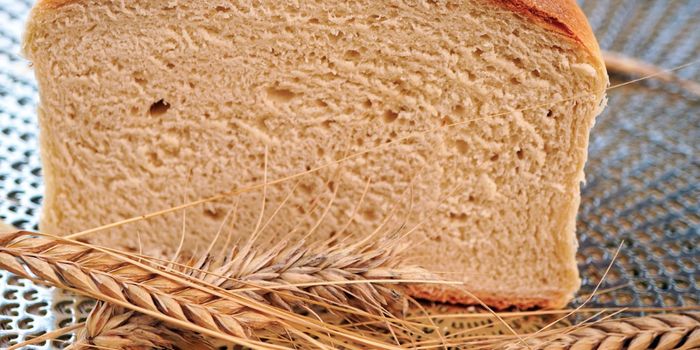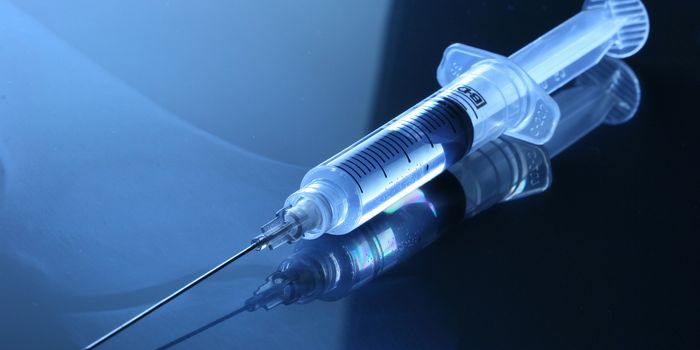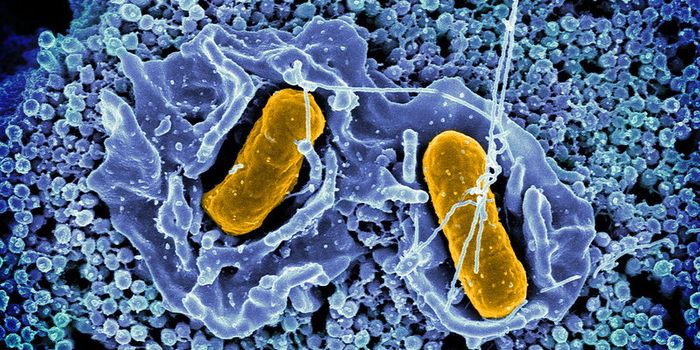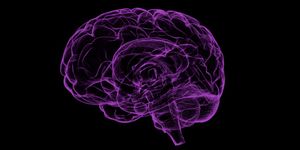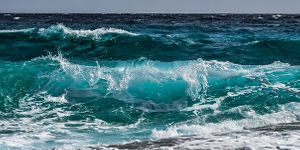Hugs From Immune Cells Heal Muscle
Australian researchers have discovered a regenerative factor produced by immune cells that drives the repair and regeneration of damaged muscle tissue. The findings are a breakthrough for treating both injuries to skeletal muscles as well as muscle wasting disorders.
It’s a familiar feeling—that sharp pain, soreness, and long recovery periods after “pulling” a muscle. Here, the muscle has been stretched or contracted beyond its limits, resulting in the tearing of the muscle fibers. For patients with severe muscle wasting diseases such as muscular dystrophy, similar damage to muscle tissue occurs chronically throughout the body.
Muscles have in-built mechanisms to bounce back from wear and tear. Upon sensing injury, muscle stem cells are activated and come to the rescue, synthesizing a cocktail of biochemical factors that promote tissue growth and repair. Naturally, scientists hypothesized that stem cell therapies could help speed up healing in patients with diseased or injured muscle tissue. However, technical challenges have hampered the widespread use of such cell-based therapies—it’s not easy to grow, harvest, and deliver therapeutic quantities of stem cells.
What if instead of raising these stem cell “farms,” doctors could treat patients with potent, purified versions of the healing factors that stem cells produce? Exciting results from a study by Monash University’s Australian Regenerative Medicine Institute scientists show that this approach might work.
The study, published in Nature, describes how scientists created a zebrafish model of tissue generation to explore the complex mechanisms that govern muscle healing. These fish have unique advantages over traditional mammalian animal models: 70 percent of their genes are shared with humans, they can be bred quickly and easily, and scientists can literally see what’s going on inside them during muscle regeneration (they’re transparent).
As lead scientist Peter Currie explains, the team observed that phagocytic immune cells called macrophages were amongst the first to the scene following tissue damage. “What we saw were macrophages literally cuddling the muscle stem cells, which then started to divide and proliferate.”
“Once they started this process, the macrophage would move on and cuddle the next muscle stem cell, and pretty soon, the wound would heal,” Currie added.
Until now, it was thought that only two classes of macrophages were involved in muscle regeneration—the first responders that clear cellular debris and the construction crew that hangs around for more extended periods, facilitating the reconstruction of damaged tissue over the course of weeks and months.
As Currie and colleagues discovered, this process is far more complex. There are actually eight genetically-distinct macrophage populations in healing muscle, one of which is the type that “hugs” damaged muscle fibers. The team found that these affectionate interactions offer far more than just emotional support. These zebrafish macrophages were flooding injured tissues with a protein known as NAMPT, of which visfatin is the human equivalent. This was the biochemical trigger that set off stem cell-mediated regeneration. Fascinatingly, the addition of purified NAMPT into the water of aquariums housing injured zebrafish activated their muscle stem cells and accelerated regeneration, bypassing the need for macrophage infiltration.
These were exciting results, but do similar processes occur during healing in mammals? Yes, say the researchers. Using mouse models of muscle wasting disease, the team demonstrated that hydrogel patches impregnated with NAMPT showed similar effects as those observed in zebrafish—damaged muscles were replaced with healthy tissues faster.
NAMPT and its homologs could soon go from fish tanks to pharmacies. According to the team, following the study's success, plans for clinical trial testing and commercializing this protein as a potential therapeutic are in the cards.
Sources: Nature, Monash University.


